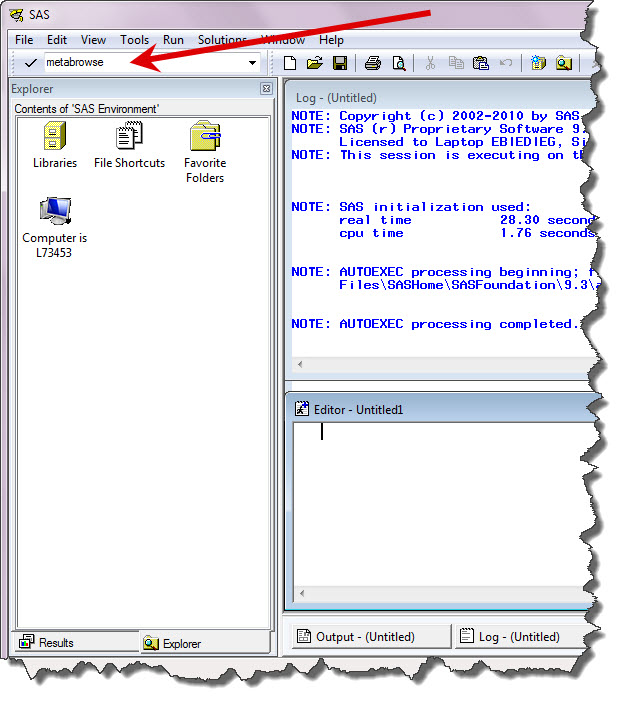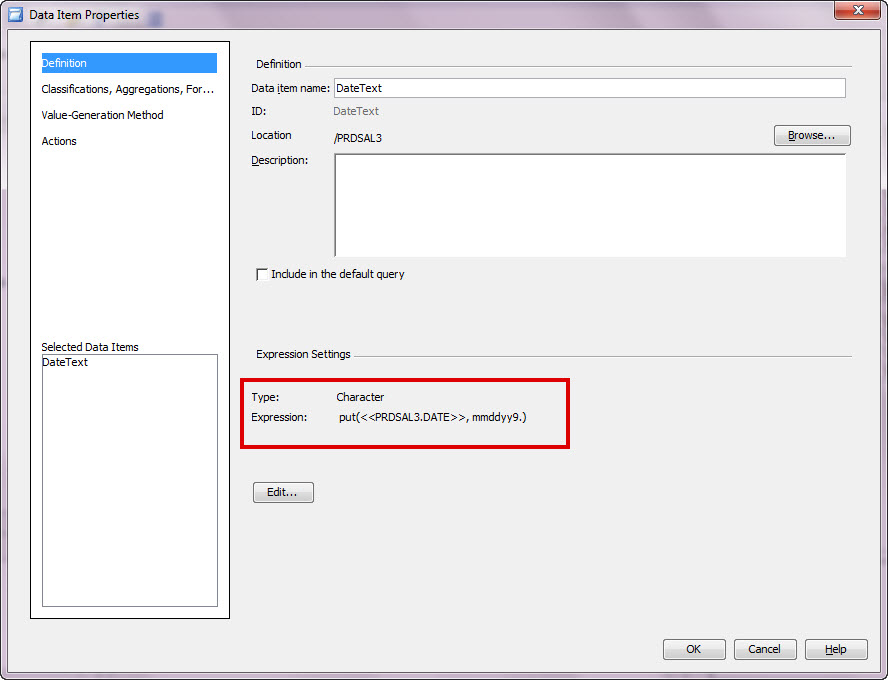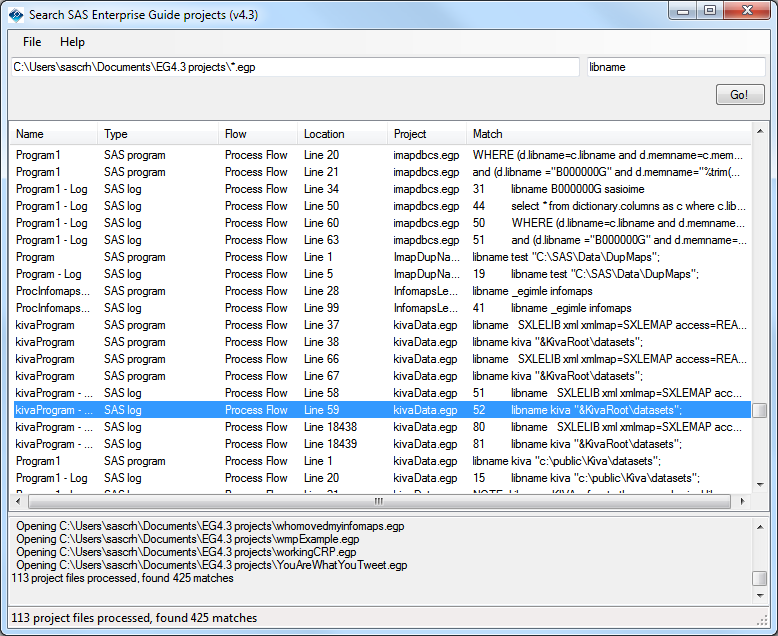All Posts
Statistical graphs often include display of derived statistics along with the raw data. Often these statistics are presented in a tabular format inside the graph. With SGPLOT procedure, a table of statistics can be added to the graph as an inset table, as shown below. Using a Stat Table: SGPLOT code:

The first time that I saw a demonstration of SAS Visual Analytics Explorer was awesome, but it didn't give me goosebumps. I got goosebumps the size of golfballs during SAS Global Forum Opening Session when Dr. Goodnight sat down at a computer screen and began to demonstrate how effortlessly users can
ODS Graphics components like GTL and SG procedures are designed to work with Styles to create graphs that are effective in the delivery of information and aesthetically pleasing out of the box. You no longer have to tweak the colors to ensure a nice graph. The graph derives all the

A colleague was recently working with a web service that supplies some datetime values using the Microsoft Windows internal representation. He called the web service to retrieve those values (along with other data) from SAS, and he needed convert these values to SAS date-time values. The Microsoft definition for a

When I was growing up, summertime always meant a road trip to see my grandparents and great-grandparents in Concord, California, just outside San Francisco. Most of our time in Concord was spent shuffling between relatives but my parents always made time for a day trip into San Francisco. On these

When the IASUG conference founder and 2012 co-chair John Xu was asked what makes this one-day event so successful year after year, he said, “The most important factor is the leadership. We are lucky that we have core conference volunteers committed to supporting the conference.”

A common question really and one that I get after posting code like yesterday's All SAS Stored Process Locations Report. The neat trick is just to type METABROWSE in a BASE SAS command window. (There are two other commands: METACON and METAFIND. Has anyone got any tips on when those

Stored process code can exist within the metadata itself for version 9.3 (the benefits of which I discussed earlier). But for all other versions (and as a option in version 9.3) the SAS code is stored as a .sas file within the server's file system (or mapped folder/drive structure). When editing
CTSPedia.org is a website of Knowledge Base for Clinical and Translational Research. On this site you can find sample graphs for statistical analysis of safety data for Clinical Research. Graphs included in this resource have been submitted by contributors, and include a graph for Liver Function for different tests by treatment.

In this Flipcam video by SAS' Steve Polilli, Don Kros and Jon Boase discuss the methodology they developed to help SAS users in their organization advance their SAS skills. Kros and Boase submitted a poster, which you'll see in the video, and a paper "The Path to Developing Your Organization's SAS Skills,"

The date prompt from SAS Prompt Framework provides the options of single selection or a range, however what if you need to select multiple individual dates such as Monday (May 28), Wednesday (May 30), and Friday (June 1) of last week? There are a few alternatives to accomplishing this. Option

If you are like many SAS Enterprise Guide users, you've amassed a large collection of project files (EGP files) that contain important content: programs, logs, notes, results, and more. However, to most tools and processes, the EGP file is opaque. That is, you can't see what's inside of it unless
A graph in a recent article in Fortune magazine caught my eye. The graph shows the cost of hosting the Summer Olympics over the past eight events. Here is what I termed the "Medal" graph. Now, practitioners of the art of Effective Graphics would likely find some shortcomings in the graph. Clearly

This week's %NLINMIX macro tips come from the esteemed authors of SAS for Mixed Models, Second Edition. Ramon C. Littell, George A. Milliken, Walter W. Stroup, Russell D. Wolfinger, and Oliver Schabenberger combined their expertise to write this indispensable guide. This 800 page book has made a big impact in the user community

Did you change your LinkedIn password yesterday? (If you didn’t, you should!) But did it happen to be the same as your corporate password? First, tisk tisk. Second, change your corporate password NOW! Ok, now that this is done ~ don’t let your saved connection profile for SAS applications lock





